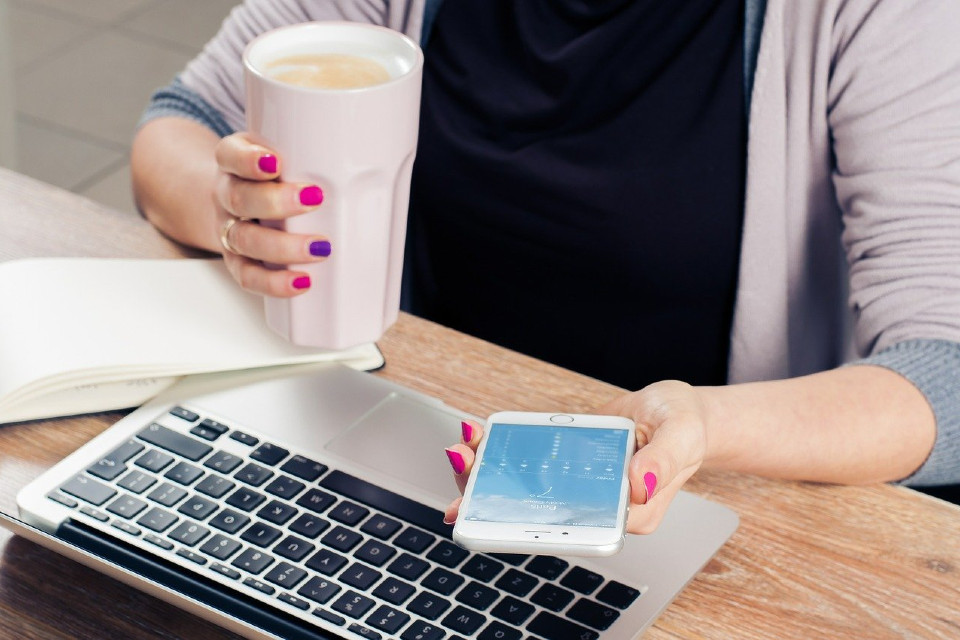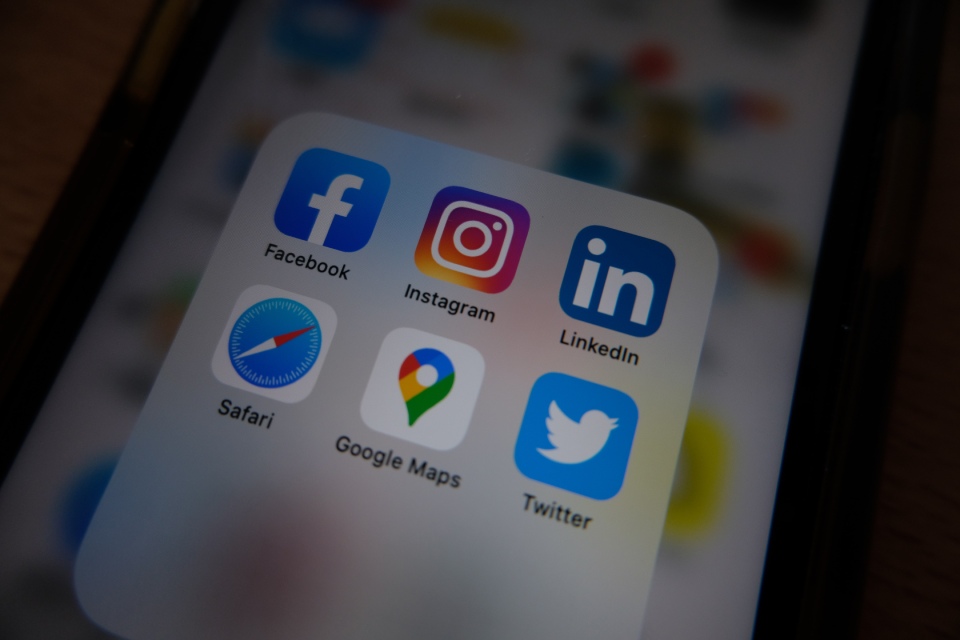What makes a good first impression? Is it all about image? Can you bounce back from an embarrassing initial encounter? Lenstore reveals a new survey on the physical characteristics we find most attractive.
We’ve always been quick to judge. As a society we tend to ‘shoot from the hip’ when it comes to making judgements on people we’ve just met. Though we like to think we’re open to making new friends and ‘being a good person’, we make snap judgements on people based on a key number of factors such as facial shape, vocal inflection, psychical appeal, and general emotional state. Once we’ve made this decision, we find it hard to change our first impression, even when presented with evidence that massively contradicts it.
A new study reveals almost half (46%) of people in the UK judge someone based on their appearance. The survey also reveals the physical characteristics we find most attractive in people.
It takes just a matter of seconds for someone to evaluate you when you meet them for the first time. But just how important are first impressions to us, and how do physical appearances have an impact on our opinion of someone’s character?
Lenstore has surveyed 1,000 people to find out the most important factors we consider when meeting someone for the first time and how this affects our perception of them.
Appearance and hygiene remain the top factors we notice first when meeting someone for the first time
Respondents answered what the most important factors were in different environments, including a scenario in the workplace, a social setting, and a romantic setting.
In a work environment, the most important factors are Appearance (25%), Hygiene/Odour (23%) and Job Title (17%).
How do men and women compare when it comes to first impressions?
Whilst men and women both think appearance is the most important factor when meeting someone for the first time, particularly in a romantic setting where this bumps up from a quarter (24%) to 1 in 3 (32%), there are some differences in the characteristics they value most.
At work, women are far more likely to judge someone based on their clothes at 18% versus men at just 11%.
When it comes to meeting someone romantically, age almost doubles as an important factor for both genders, going from around 15% to a staggering 28%. Interestingly it remains a larger factor for women than men (31% vs 25%).
Physical appearances such as eye and hair colour are more important to men with 17 in 100 men valuing eye colour and nearly 1 in 5 men valuing hair colour. Height is considered more by women than men at 21% as well compared to 17% of men.
Social media, the car or vehicle a person drives, their job title and financial position all rank as some of the least important factors for both men and women when meeting someone romantically.
What attributes do we find more attractive than others?
Whilst everyone’s tastes are slightly different, the results show some clear patterns in what we find the most attractive.
Being clean-shaven, wearing smart clothes and having good posture all contribute to making someone more attractive. Whilst facial hair, avoiding eye contact and wearing casual clothes are considered less attractive attributes.
Just 6% of respondents found piercings and tattoos as attractive qualities, whilst heavy make-up, and an overly dominant handshake ranked as some of the lowest factors.
Eye contact is the biggest indicator of confidence, intelligence, and trustworthiness, whilst tattoos are the biggest sign of creativity
The study also looks at our personality assumptions based on physical characteristics and behaviours, producing some interesting results.
Intelligence
The top three factors that we assume makes someone intelligent are:
- Eye contact (15%)
- Smart clothes (14%)
- Good posture (13%)
With eye contact ranking top for indicating intelligence, it’s interesting to see one in six people (14%) also see smart clothes as an indicator of intelligence, as well as good posture.
In addition, over 1 in 10 people perceive people with glasses to be more intelligent, whilst plastic surgery, wearing coloured contact lenses, piercings, bad odour and heavy make-up are considered the least contributing factors to intelligence.
Trustworthiness
The top three factors that we assume makes someone trustworthy are:
- Eye contact (20%)
- Smiles a lot (15%)
- Good posture (14%)
1 in 5 people perceives eye contact as a key indicator of trustworthiness, with women valuing this more. Along with smiling and good posture, 1 in 10 find that smart clothes and being clean-shaven also indicate a trustworthy personality.
Creativity
The top three factors that we assume makes someone creative are:
- Tattoos (12%)
- Casual clothes (12%)
- Smiles a lot (11%)
Interestingly 1 in 12 people find glasses-wearers as creative, whilst piercings also make some of the top features of a creative person.
Confidence
The top three factors that we assume makes someone confident are:
- Eye contact (27%)
- Good posture (26%)
- Smiles a lot (23%)
Just under 1 in 3 people see eye contact as an indicator of confidence and the biggest sign of this trait. 1 in 10 people find people that are clean-shaven and the smell of perfume or aftershave as a sign of confidence, whilst the lowest contributing factors are being overweight (3%) and having bad odour (3%).
When it comes to being shy, more than 1 in 3 people see lack of eye contact as the biggest indicator of this, followed by someone that doesn’t smile and has a loose handshake.
Inbaal Honigman, mystic and body language expert discusses the power of eye contact: “First impressions matter everywhere – in the boardroom, in the bedroom and in casual social interactions, and the signs you give out, and the signs you pick up on, are often all in the eyes. When someone looks you straight in the eye, they project confidence, reliability, and the fact that they probably like you!
“Better yet, if the person in front of you has a smile in their eyes, that character comes across as genuine and likeable. (It’s worth practising this one in the mirror since you rarely get a second chance to make a first impression.)
“Shy people often stare downwards, glancing up here and there, but not committing to full eye contact. That tendency can be attractive to many – and can also show a person who wears their vulnerability on their sleeve, aware of their shyness but not apologizing for it, which is very genuine. It’s a quietly intelligent way of dealing with the world.
“The gold standard, most attractive pattern, which shows emotional intelligence and honesty, are those who mix it all up – smiling eyes, lots of eye contact, a bit of staring down if discussing difficult issues, lots of upward eye flicks to focus and keep the conversation going.”










